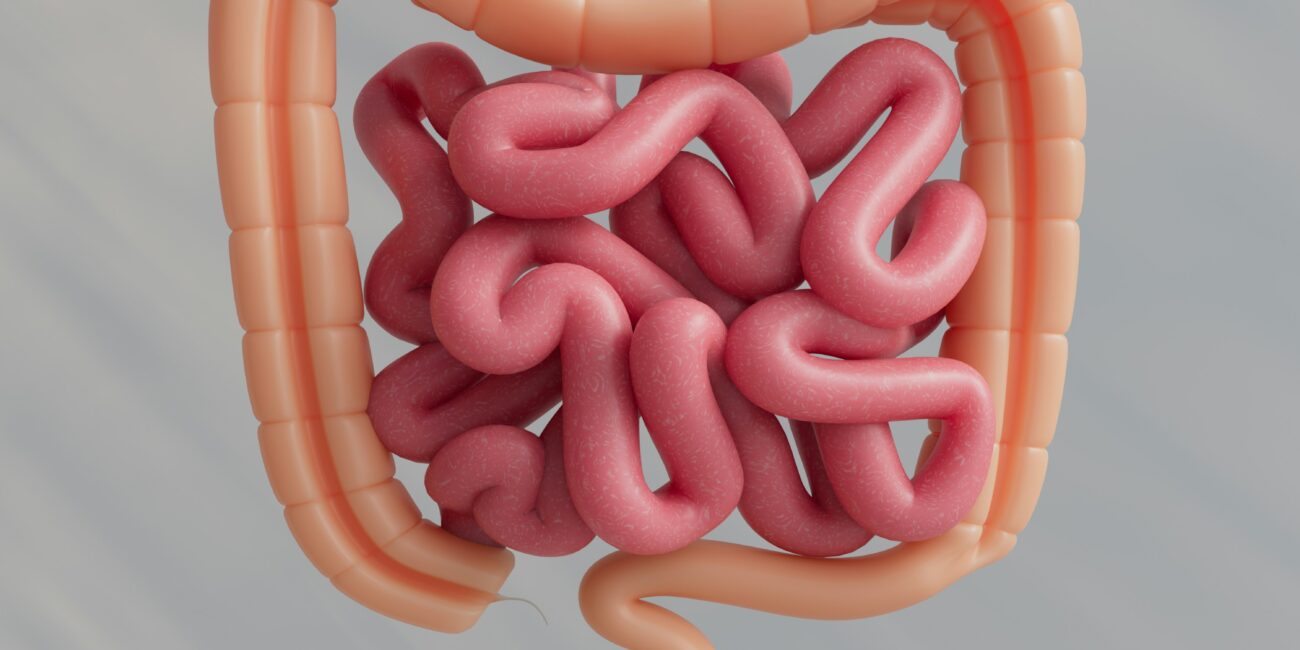What You Need To Know
Let’s be real—no one wants to get a colonoscopy. But here’s the thing: you should.
Colon cancer is the second leading cause of cancer-related deaths in the U.S. when men and women are combined. The good news? Screening can prevent colon cancer or catch it early when it’s most treatable.
So why aren’t more people getting screened? Maybe it’s the prep. Maybe it’s the idea of the procedure itself. Or maybe they just don’t realize how important it is.
Whatever the reason, I’m here to make it simple.
Who needs to be screened?
If you’re 45 or older, it’s time. Period.
If you have risk factors—like a family history of colon cancer, certain genetic conditions, or digestive issues—you may need to start even earlier.

Colon Cancer Risk Factors:
There are two types of risk factors:
Things You CAN Control:
✅ Diet & Lifestyle: Eating more fiber, cutting back on processed foods, exercising, and maintaining a healthy weight can help.
✅ Smoking & Alcohol: Cutting back on alcohol and quitting smoking lowers your risk.
✅ Screening: The best way to prevent colon cancer? Getting screened regularly!
Things You CAN’T Control:
❌ Age: Risk goes up after 45.
❌ Family History: If close relatives have had colon cancer or polyps, your risk is higher.
❌ Genetics & Health Conditions: Some genetic syndromes and inflammatory bowel diseases (like Crohn’s or ulcerative colitis) increase your risk.
Your Screening Options: Find the Best Fit for You
There’s good news: you have options. Some tests are done at home, while others require a doctor’s visit. The key is finding the one you’re most likely to stick with.
At-Home Stool Tests (Quick & Easy, But More Frequent)
1. FIT (Fecal Immunochemical Test) – A simple test that checks for hidden blood in your stool.
• Once a year
• No diet restrictions
• 74% accuracy
2. FOBT (Fecal Occult Blood Test) – Similar to FIT but requires avoiding certain foods beforehand.
• Once a year
• 50% accuracy
3. Cologuard – A DNA-based stool test that detects cancer cells.
• Every 1-3 years
• 92% accuracy for cancer, but only 42% for large precancerous polyps
• Higher false-positive rate
✅ Best for: People who want a non-invasive option and are okay with testing more frequently.
🚨 Heads up: A positive test means you’ll need a colonoscopy to confirm results.

Direct Visualization Tests (More Thorough, Less Frequent)

1. Colonoscopy (Gold Standard)
• Only needed every 10 years if normal
• 94% accuracy
• Can remove polyps during the procedure
2. Flexible Sigmoidoscopy
• Examines only part of the colon
• Every 5 years alone, or every 10 years when combined with FIT
• 70% accuracy
3. CT Colonography (“Virtual Colonoscopy”)
No sedation needed
• 91% accuracy for cancer detection, but less accurate for small polyps
• If anything is found, you’ll need a colonoscopy
✅ Best for: People who want longer gaps between screenings and don’t mind a more involved test.
🚨 Heads up: Colonoscopy prep isn’t fun, but it’s gotten better—there are now lower-volume prep options available!
Bottom Line: Don’t Wait, Get Screened!
✔️ If you’re 45 or older, schedule your screening.
✔️ If you have a family history or symptoms (like blood in your stool, changes in bowel habits, or unexplained weight loss), talk to your doctor about starting earlier.
✔️ Screening saves lives—colon cancer is preventable when caught early!
Colon cancer doesn’t wait, so why should you? Talk to your PCP today and take control of your health.




